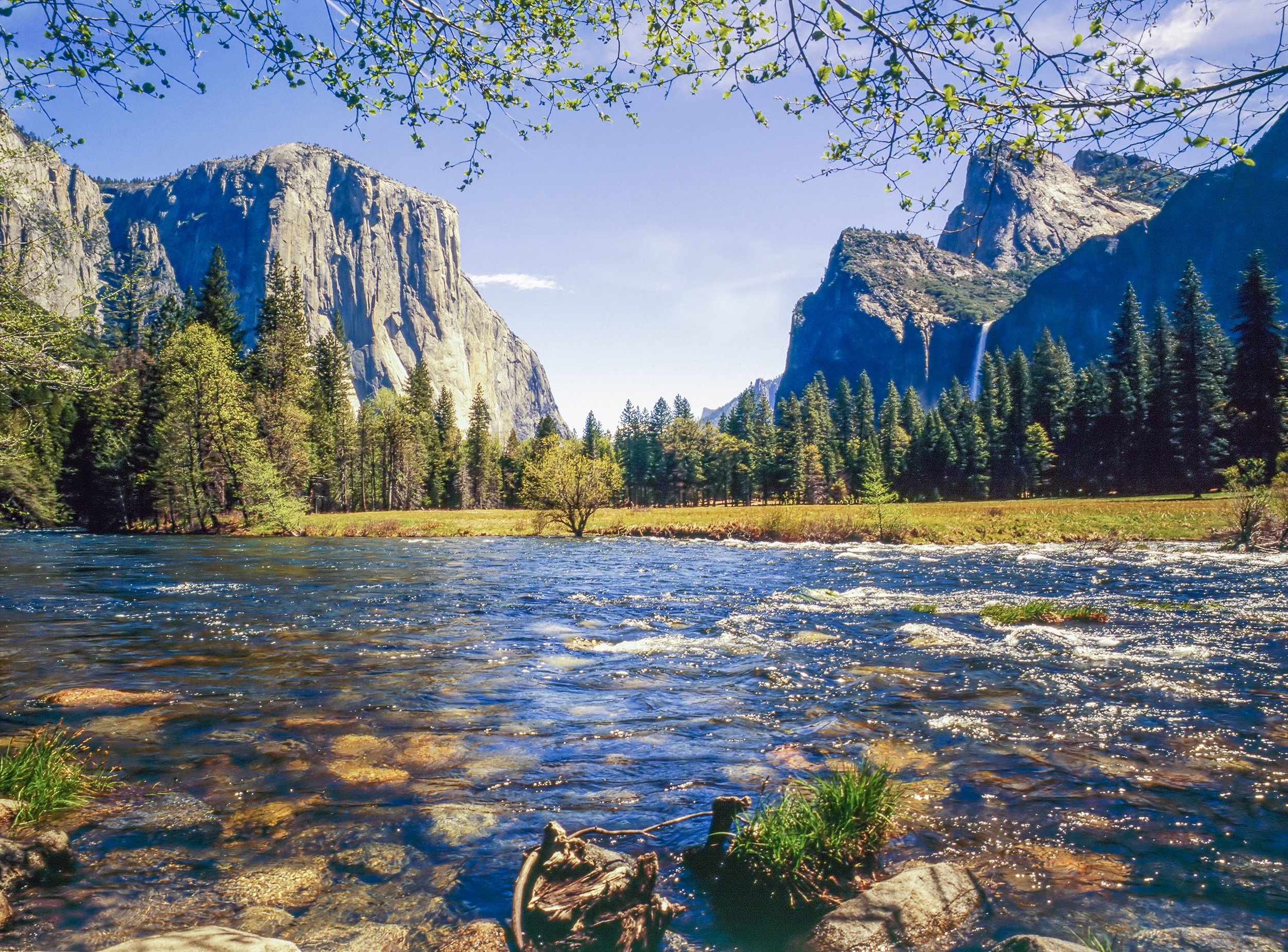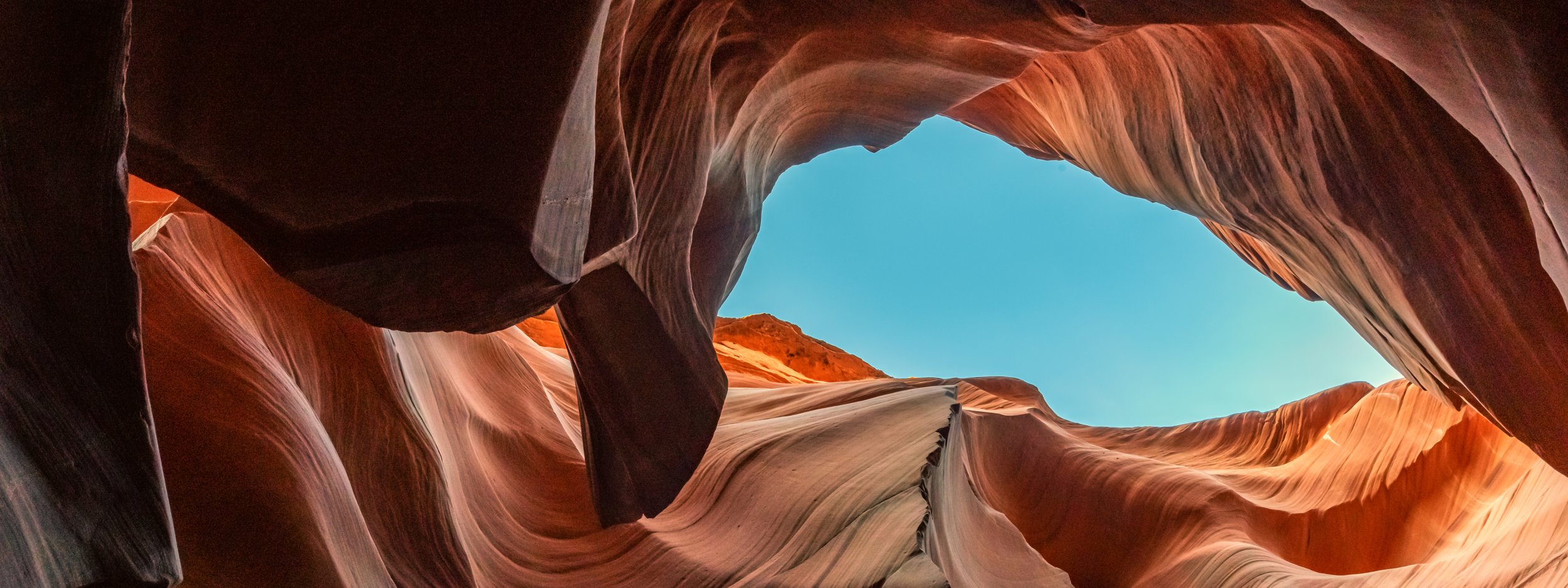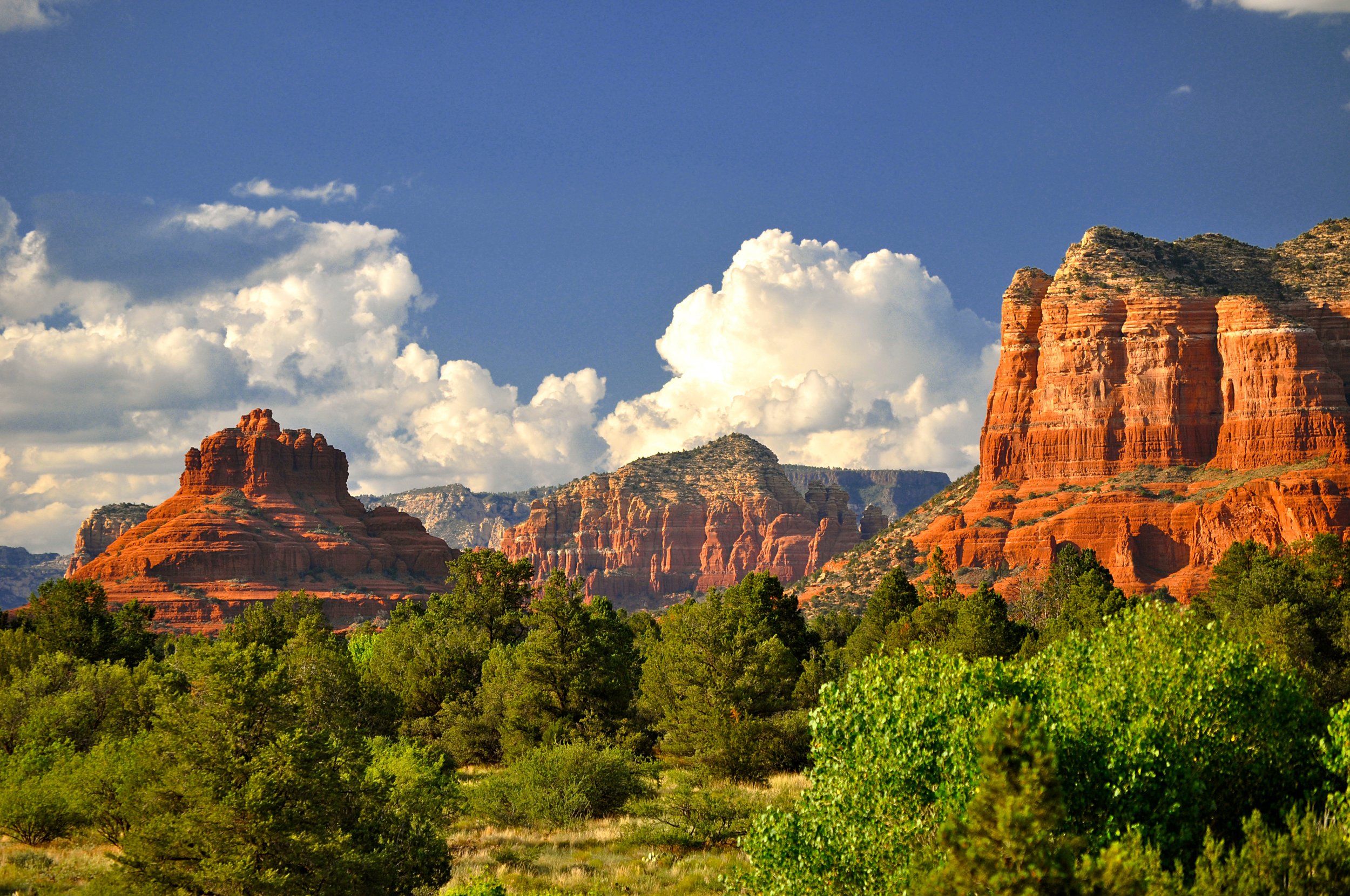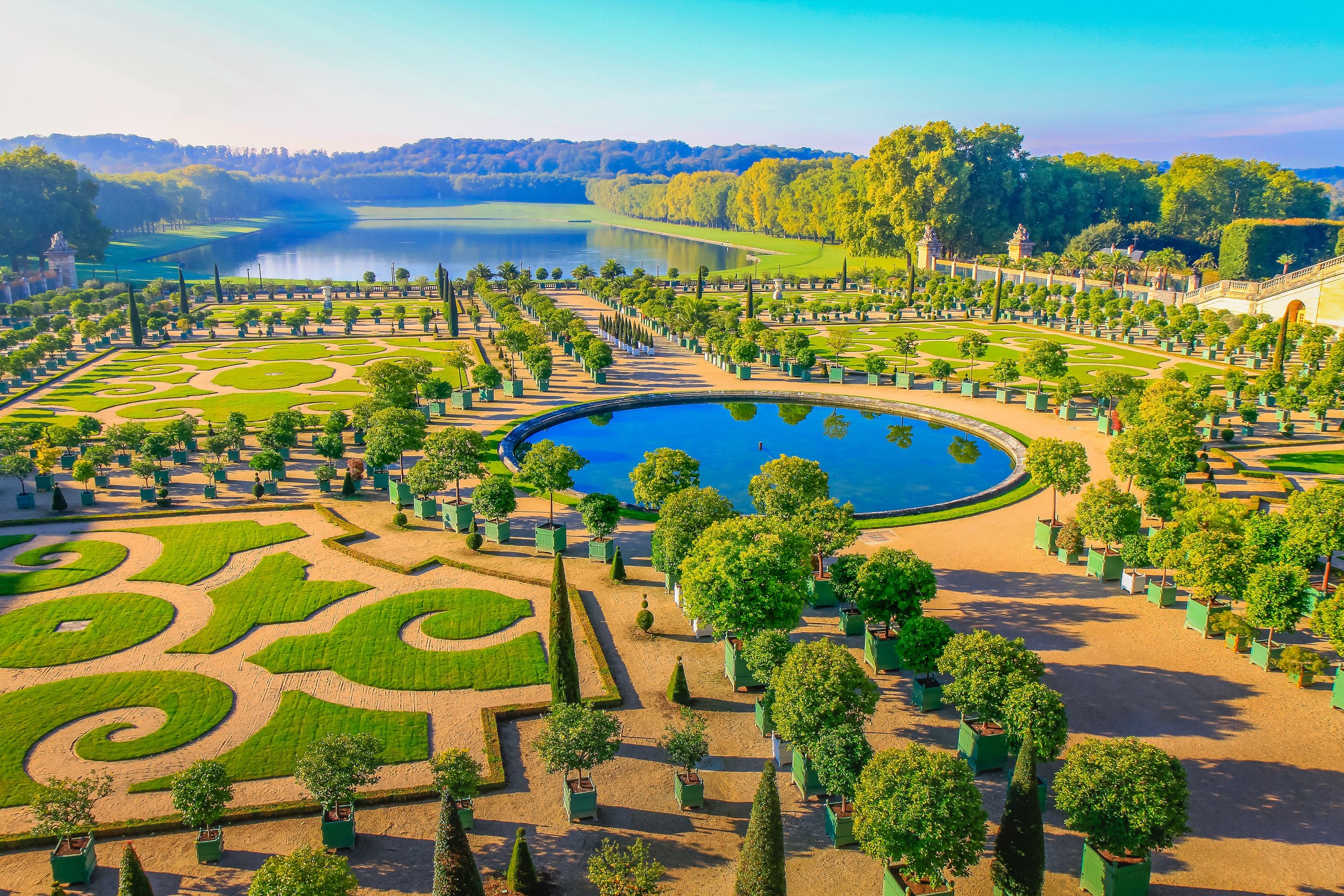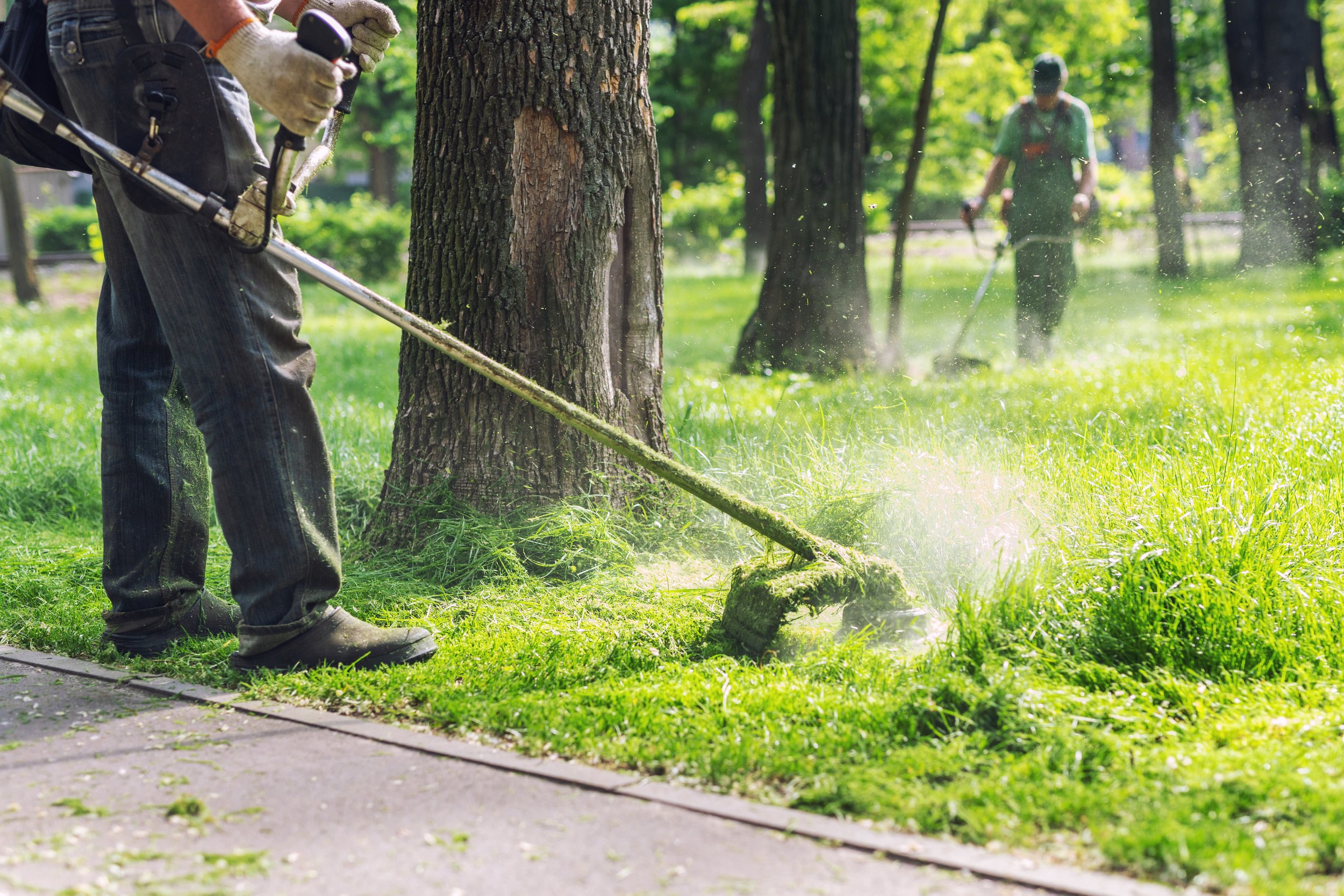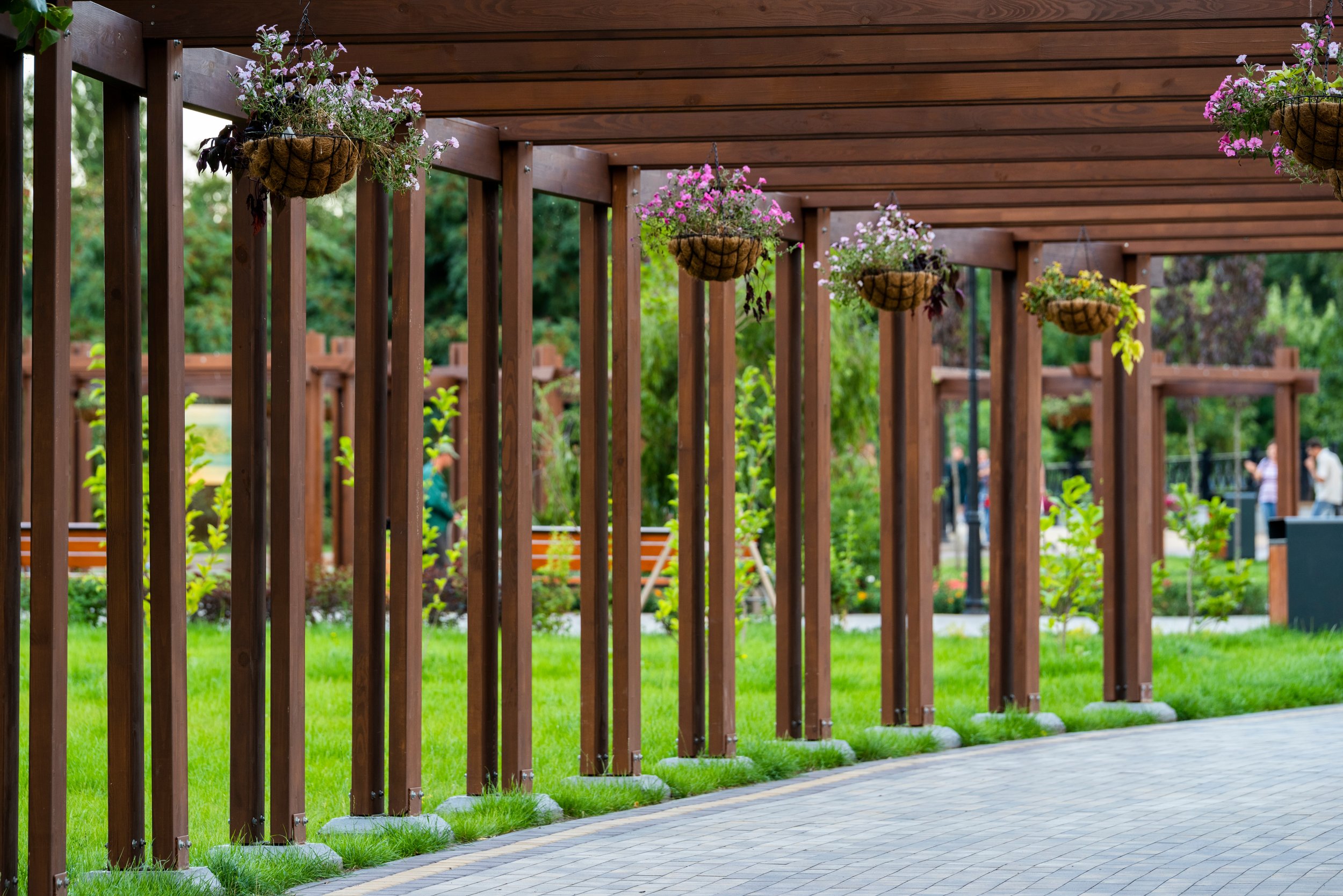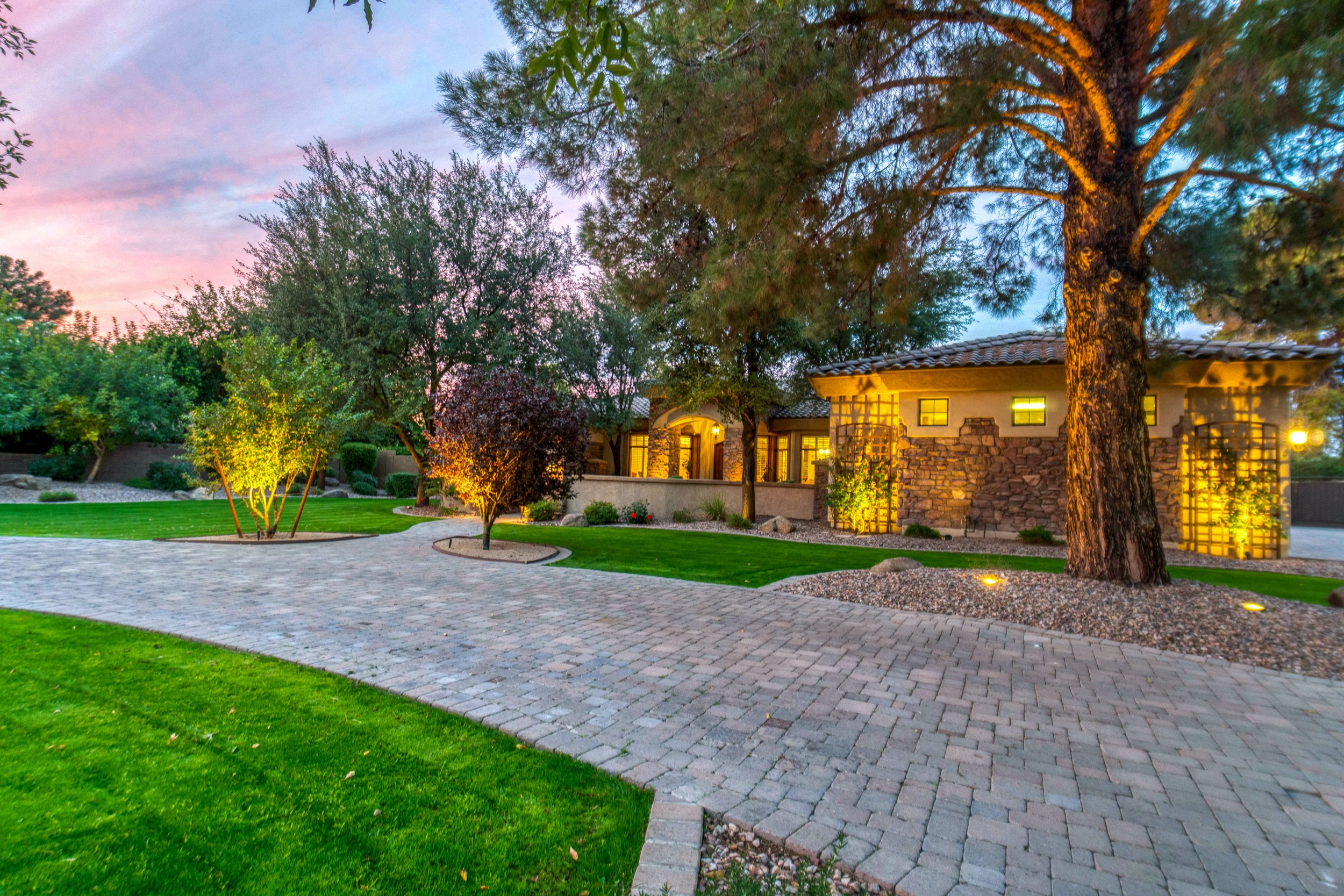LANDSCAPE vs LANDSCAPING AN EXPLORATION OF
When we delve into the realms of outdoor spaces and environmental aesthetics, the terms "landscape" and "landscaping" often surface. While these concepts may sound synonymous, they encapsulate distinct facets that shape our natural surroundings. In this exploration, we will dissect the nuances between landscape and landscaping, shedding light on their unique roles in crafting our outdoor environment.
Landscape: Mother Nature’s Canvas
The term "landscape" carries a profound connection with the natural world. It encompasses the entirety of a scene, capturing the features and elements that constitute an outdoor space. A landscape is not merely a visual spectacle; it is an intricate tapestry woven by nature itself. Mountains, rivers, forests, and skies contribute to the grandeur of a landscape, creating an immersive experience that transcends visual aesthetics.
Characteristics of a Landscape:
Natural Elements: Landscapes are characterized by natural features, including geological formations, bodies of water, and diverse flora and fauna.
Unaltered Beauty: The essence of a landscape lies in its unaltered state, reflecting the authenticity and raw beauty of nature.
Scenic Views: Landscapes often offer breathtaking vistas, inspiring awe and connecting individuals with the sublime.
Landscaping: The Process of Intervention (Humans & Animals)
Contrastingly, "landscaping" is a deliberate intervention into the natural order. It involves the conscious planning, design, and modification of outdoor spaces to enhance their aesthetic appeal, functionality, and usability. Landscaping is an art that melds human ingenuity with the inherent beauty of landscapes, creating harmonious environments that cater to both practical and aesthetic needs.
Elements of Landscaping:
Design Principles: Landscaping employs design principles to organize and structure outdoor spaces, considering elements such as balance, symmetry, and focal points.
Human Influence: Unlike landscapes, landscaping involves human influence, manifesting through features like gardens, pathways, and man-made structures. Animals to can alter the natural landscape, as we have seen with nests and dams built by beavers.
Functionality: Landscaping goes beyond visual appeal; it considers how outdoor spaces can be utilized, integrating elements like seating areas, recreational spaces, and sustainable practices.
Maintenance: Landscaping requires regular maintenance to keep the space looking its best.
Bridging the Gap: The Synergy of Nature and Design
While landscape and landscaping may seem divergent, a symbiotic relationship often exists between the two. Effective landscaping respects and enhances the natural beauty of landscapes, creating environments that seamlessly blend with their surroundings. The challenge lies in finding the delicate balance where human intervention coexists harmoniously with the intrinsic qualities of a landscape.
Achieving Harmony:
Native Planting: Thoughtful landscaping involves the use of native plants, fostering biodiversity and preserving the ecological balance of a landscape.
Erosion Control: Landscaping techniques can be employed to mitigate erosion, preserving the integrity of natural features within a landscape.
Sustainable Practices: Implementing sustainable landscaping practices ensures that human interventions contribute positively to environmental health.
The distinction between landscape and landscaping lies in their origins — one being the canvas painted by nature and the other, the intentional brushstrokes applied by human hands. Together, they form a dynamic partnership, creating outdoor spaces that are not only visually appealing but also functional and sustainable. True beauty emerges when the artistry of landscapes converges with the thoughtful interventions of landscaping, embodying a holistic approach to our shared outdoor spaces.


